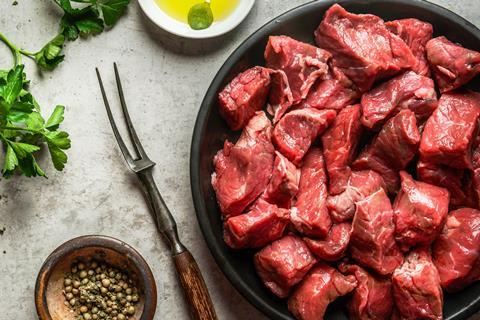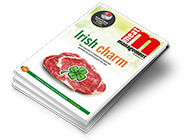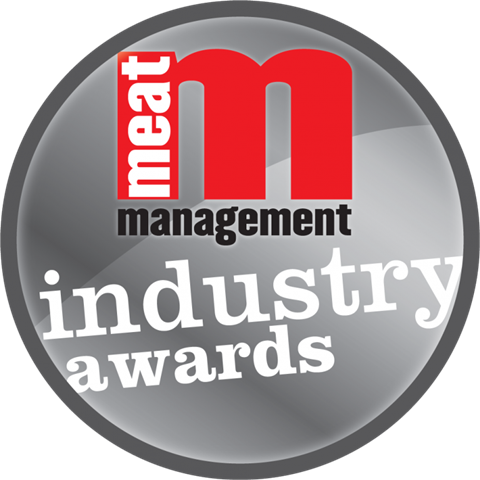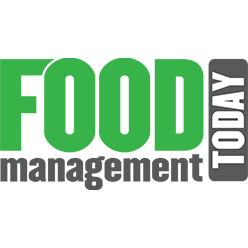Research from the Agriculture and Horticulture Development Board (AHDB) and Quality Meat Scotland (QMS) has explored the potential impact of further beef price increases on consumer shopping behaviours both in-store and when dining out.

The levy boards worked with Worldpanel by Numerator (formerly Kantar) to look at past consumer behaviour when beef inflation hit its highest point and used these insights to model what could potentially happen if beef inflation were to hit a similar level again.
In retail, beef inflation reportedly reached 9.1% in May 2025, with prices averaging £9.39 per kg for total beef (Worldpanel by Numerator UK, 12 w/e 18th May 2025). In the past, retail beef inflation hit a high of 16% in October 2022 and modelling showed that if inflation were to hit 16% again now, it would lead to a potential decline in retail beef volumes of -12,500 tonnes (Worldpanel by Numerator UK estimates).
In the out-of-home (OOH) market, including all restaurants, cafes, bakeries and fast-food chains, average prices per dish for beef have also been steadily increasing, now averaging more than £6 per dish. Foodservice beef inflation hit a high of 12.8% in November 2024 and modelling showed that if inflation were to hit 12.8% again now, it would take the average price per dish to £7 and cause foodservice beef volumes to potentially decline by -5,100 tonnes (Worldpanel by Numerator UK OOH estimates).
Emma Wantling, retail and consumer insight manager at AHDB, said: “As a general rule, as prices rise, demand from consumers drops. Consumers typically respond to price increases by reducing the amount and frequency at which they purchase beef, swapping to cheaper beef cuts, stores and proteins and even turning away from beef altogether.”
Iain Macdonald, market intelligence manager at QMS, said: “Research conducted by QMS in 2024 found that a lack of profitability was a major contributor to the reduction in Scotland’s beef herd in recent years. While a higher level of farmgate prices in 2025 may have gone some way towards addressing that balance, the size and speed of the step-up in prices has squeezed the volume of demand as it has quickly passed through into consumer prices.”
The AHDB and QMS-commissioned research explores how food processors, retailers, food service operators and the wider supply chain could minimise inflationary sales losses though promotional activity, communicating red meat quality, taste and reputational credentials and working to ensure robustness in domestic supplies, as AHDB said this will help to “stabilise beef inflation for consumers and support demand” across beef cuts.
“Our work to open and develop export markets is critical to support demand and maximise returns for the whole carcase.”
Emma Wantling, AHDB
Wantling added: “Marketing will be crucial to support beef demand, and communicating the unique benefits of beef cuts that are not easily replaced by other proteins should be prioritised. AHDB’s ongoing Let’s Eat Balanced consumer campaign highlights the great taste and nutritional benefits of British beef to British consumers. Our work to open and develop export markets is also critical to support demand and maximise returns for the whole carcase.
“AHDB is working with partners across the industry to understand what we can do collectively to support an efficient, profitable and resilient domestic supply base. Building a more resilient supply chain will help minimise the negative impacts of market volatility in the future.”
Macdonald commented: “Our latest modelling highlights that Scotland’s beef sector alone could generate an additional £281 million in output and £76 million in GVA for our economy by 2030. QMS, in partnership with the Scottish Red Meat Resilience Group, has been running the Meating Our Potential campaign to highlight this opportunity and provide support to grow a resilient, productive and profitable sector for the future.”















